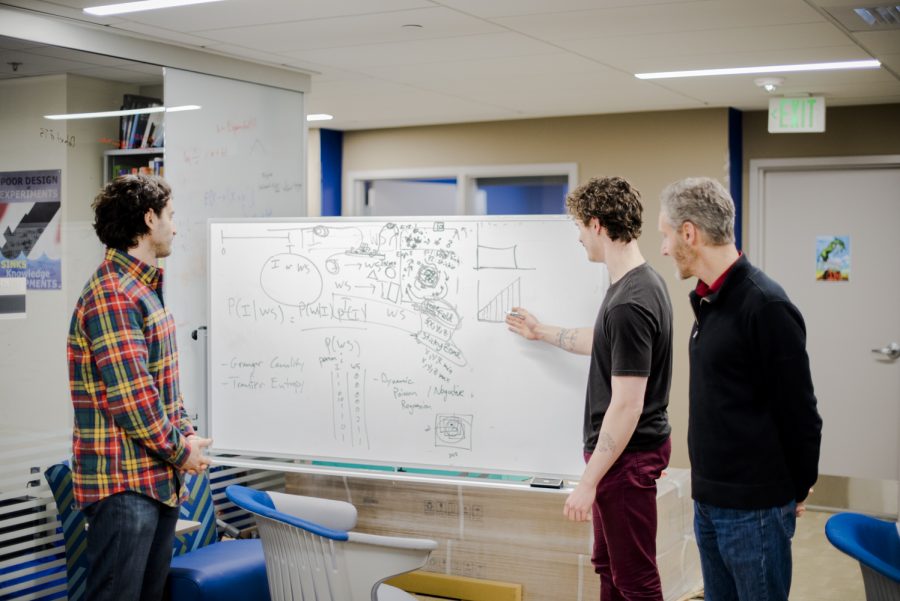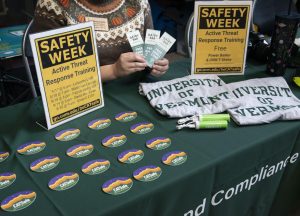UVM professor helps create living bots
February 20, 2020
The computer screen showed a livestream of a green, stick-like animation flailing around.
That flailing stick is actually a virtual robot that served as a model for xenobots, or the first computer-designed living organisms.
The xenobots were co-created by a robotics team from UVM and a biology team from Tufts University.
Josh Bongard, UVM professor of computer science, contributed his robotics expertise to the project.
“This was one of those dream collaborations,” Bongard said.
Two years ago, the team was awarded a grant from DARPA, or the Defense Advanced Research Projects Agency.
The grant was used to understand how organisms learn throughout their lifetime, Bongard said.
Originally an artificial intelligence project, it changed when the team realized they could combine biology and AI.
“[The team] had a weekly Skype call where we would show our work,” Bongard said.
The xenobots were constructed by Doug Blackiston, an Allen Discovery Center scientist at Tufts. The xenobots merged robotics and biology, Blackiston said.
“I combined tools in ways they had never been used before,” Blackiston said. “I went in with the frog cells and used biology to build what the computer created.”
Blackiston said that this project focused on bridging the reality gap, an issue in computer science and robotics that deals with bringing the theoretical into the physical world.
The xenobots were tested on their ability to move and manipulate objects, but also evolved the ability to push objects into piles, Bongard said.
“Collective behavior was compelling because we hadn’t actually taught them to do that,” Bongard said.
The team is still trying to understand the various behaviors and uses of the xenobots, Blackiston said.
“We won’t be releasing them into water systems anytime soon to clean up plastic,” Blackiston said. “We can predict them individually, but we’re still trying to understand their group interplay.”
Although the xenobots may not be ready to be used right away, Sam Kriegman, an evolutionary robotics PhD candidate, said the xenobots are valuable tools to understand scientific concepts.
“There are a lot of potential applications, but that’s a long way off,” Kriegman said. “They’re a new model that lets us understand how cells communicate and build complex bodies.”
Kriegman compared the xenobots to wind-up toys that were also organisms.
“People have been making robots out of living things for a while,” Kriegman said. “Programming all of these cells to move together, that’s something I think is new here.”
The xenobots offer opportunities to those interested in getting involved. Bongard said that the team had undergraduates working on their project, and encourages students to find out what their professors are working on.
“I know that AI and the xenobots can seem like this fantastical technology that only super smart people can contribute to,” Bongard said. “What’s important is that you need to be curious, if you’re curious about how the world works, there’s a place for people in this.”







